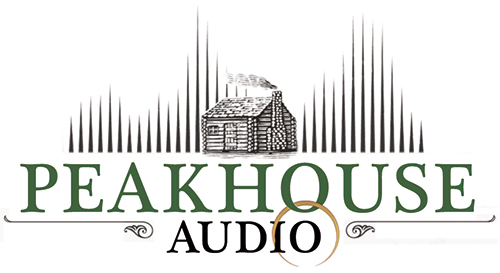Cookie-Einstellungen
Diese Website benutzt Cookies, die für den technischen Betrieb der Website erforderlich sind und stets gesetzt werden. Andere Cookies, die den Komfort bei Benutzung dieser Website erhöhen, der Direktwerbung dienen oder die Interaktion mit anderen Websites und sozialen Netzwerken vereinfachen sollen, werden nur mit Ihrer Zustimmung gesetzt.
Produkte von Vertigo Sound

Für die Filterung wurden keine Ergebnisse gefunden!

Vertigo Sound VSM-2 Full Version The VSM-2 is a creative fully analog Mix and Mastering tool. The VSM offers MS, Blending and two sophisticated coloration generators in 2U size. The VSM-2 is also available in a “basic version” without...
7.299,00 €
*
wird für Euch bestellt, die genaue Lieferzeit bitte erfragen

Vertigo Sound VSM-2 Basic The VSM-2 is a creative fully analog Mix and Mastering tool. The VSM offers MS, Blending and two sophisticated coloration generators in 2U size. The VSM-2 is also available in a “basic version” without harmonic...
5.419,00 €
*
wird für Euch bestellt, die genaue Lieferzeit bitte erfragen

Vertigo Sound VSP-2 Mic Pre The VSP-2 is VERTIGO SOUNDs 3rd BIG IMPACT DESIGN and is setting a new benchmark in microphone amplification. The heart of this unit is Vertigo Sound 100% discrete Twin Op Amp circuit called the OPA...
3.499,00 €
*
wird für Euch bestellt, die genaue Lieferzeit bitte erfragen

Vertigo Sound VSE-2 EQ The VSE-2 is another BIG IMPACT DESIGN and is setting a new benchmark for Tracking, Mix-Bus and Mastering applications. Unlike other EQs on the market the VSE-2 is equipped with six discrete gyrators and lots of...
5.599,00 €
*
wird für Euch bestellt, die genaue Lieferzeit bitte erfragen

Vertigo Sound VSC-3 Compressor The VSC-3 is the legal successor of the VSC-2, which now is a modern classic and can be found in many top class studios around the world.
Vertigo Sound spent a lot of effort making a good product even...
5.499,00 €
*
wird für Euch bestellt, die genaue Lieferzeit bitte erfragen

Vertigo Sound VSC-3 Compressor Mastering The VSC-3 is the legal successor of the VSC-2, which now is a modern classic and can be found in many top class studios around the world.
Vertigo Sound spent a lot of effort making a good product...
5.999,00 €
*
wird für Euch bestellt, die genaue Lieferzeit bitte erfragen
